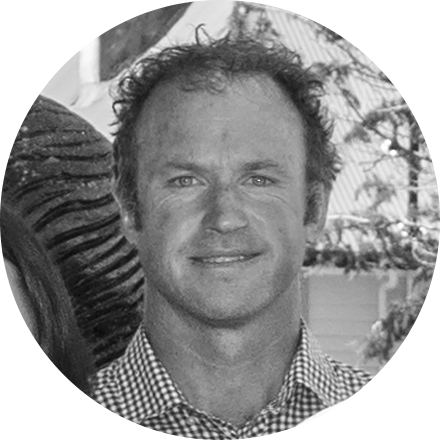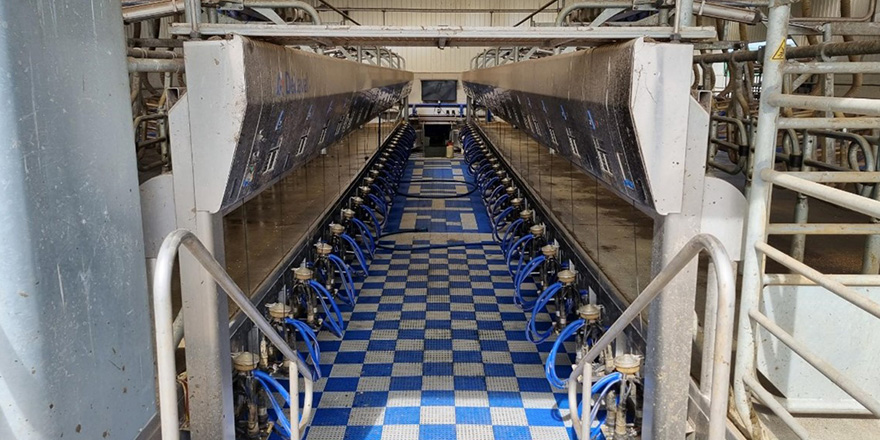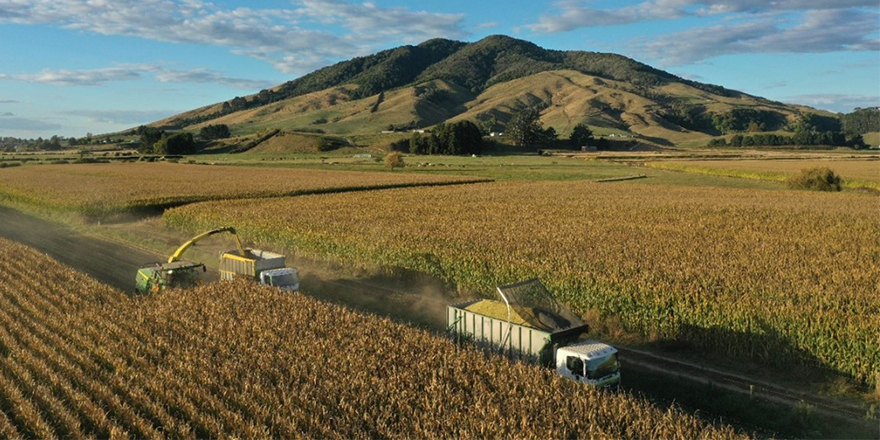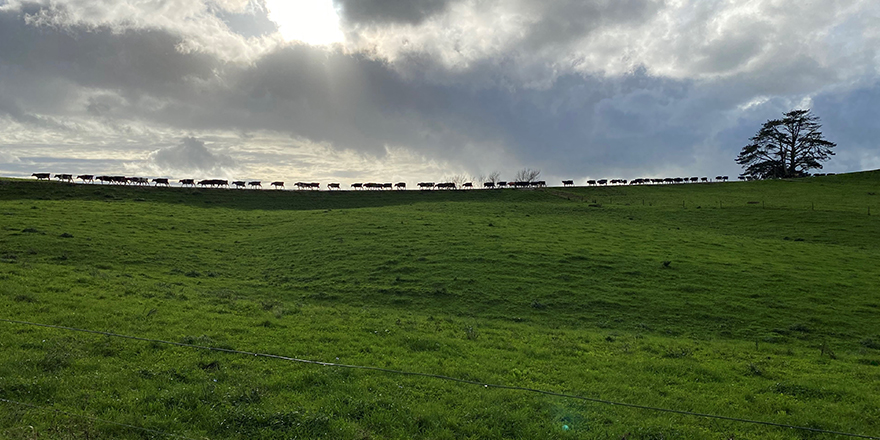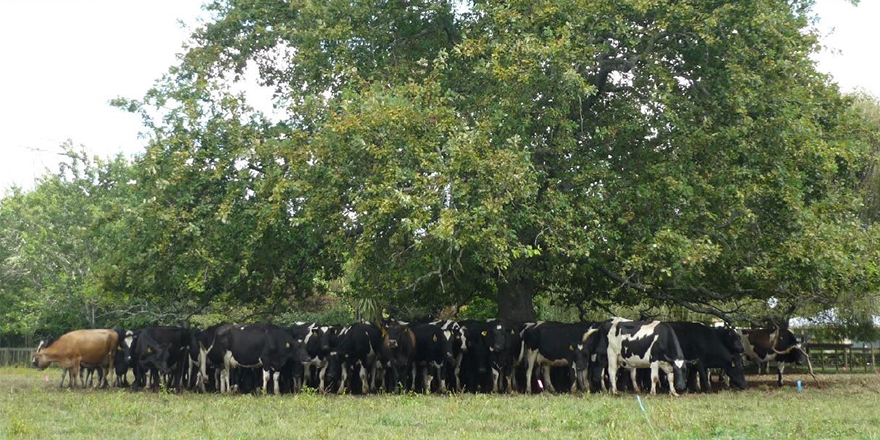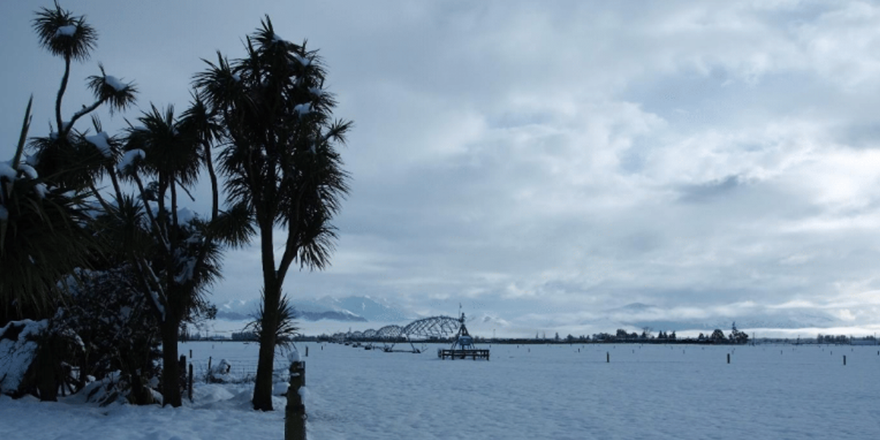
Executive Summary
Changes in dairy farm ownership and overall industry growth has occurred at a rapid pace in the past 25 years . This has largely occurred due to strong returns from dairy farming driving a “dairy boom” in most regions of New Zealand. The dairy boom has been particularly evident in the South Island where farmers and investors have converted dry-land sheep and cropping farms to irrigated dairy making use of a supportive banking sector and low interest rates, availability of reliable water for irrigation and a statutory requirement on Fonterra to collect all new supply.
The dairy boom and the conversion of farm land to dairy has led to significant wealth creation through a change in land values (e.g., from dry-land sheep and cropping to irrigated dairy) that exceeded the cost of conversion. These one-off gains are tax-free and despite the high levels of debt that many took on, there was, in general, an expectation that land values would continue to rise long enough to resolve the low equity position that many farmers had during this period.
Some regions have proven more popular with dairy farm investors than others. There are a number of reasons for investor preference however, high debt levels (financial risk) were managed by investing in areas with reliable production and lower business risk. Essentially, areas that could reliably grow enough high quality feed each season (such as irrigated Canterbury and Southland) were favoured over regions with more variable performance. Demand for farms in the premium regions continued to rise over other regions and this demand was reflected in price premiums.
Since 2008 farm gate milk prices have been volatile and included periods of low payouts when most farmers ran their farms at a loss. Those farm businesses with high debt levels had to manage costs and production very carefully or risk breaching bank loan covenants. The down turn also increased dairy farm debt levels. In the ten years from 2007 to 2017 dairy farm debt increased from $18.8 billion to $41.2 billion as a period of land development, business growth and investment in farm conversion was followed by record low milk prices. The graphs below depict the effects of the dairy boom and dairy downturn on rural debt and scale of growth in the dairy industry and equates to $22 a kilogram of milksolids (Woodford, 2017).
During the recent downturn, bank lending to the dairy sector increased by $5 billion or 15 percent, mainly for working capital purposes. Farms also borrowed almost $400 million through Fonterra Co-operative Support Loans. With leverage in the dairy sector already high, this growth in debt has left the sector more vulnerable to another period of low dairy prices.
The dairy boom also saw a change to the type of investor in the industry. Corporate and institutional “type” investors were attracted by the strong returns from the tax-free capital gains that were available through the change in land use, from land development and from farming cash flows. This interest increased the demand for existing dairy farms and their support farms and also for those farms with potential to convert to dairy helping to underpin the market for farmland.
While there is no official data on the proportion of New Zealand farmland that is now owned by “corporate” type companies (vs traditional family owner operated farms), Foregin Direct Investment (FDI) can be used as an indicator for this type of investment activity. NZIER reported in 2016 that FDI in New Zealand almost doubled between 2001 and 2015 from $55 billion to $100 billion and while FDI in farmland represented only 5.9 % of all FDI in 2015 , this share has risen from 1.3% in 2001. Th is represents an increase of 16% per annum and is above rate of the 13.5 % annual rise in farmland values over a similar period (Gawith, Andrew, New Zealand Herald 2010). Since 2001, 15% of agriculture and forestry transactions have involved some form of FDI of which 58% was forestry (ANZ Agrifocus December 2017).
Historically, dairy farming has provided viable pathways for farmers to create wealth over time enabling many to achieve farm ownership. The development of the industry over the past 20 years has increased land values at a faster pace than cow values and, as a consequence, is reducing the use of traditional structures such as 50/50 share-milking favouring instead the use of other arrangements such as equity partnerships, contract milking and variable-order sharemilking. The low milk prices of 2015 and 2016 seasons added impetus to this trend as farm owners were forced to consider all options to reduce operating costs. This has included a move away from sharemilking to directly employing farm managers and contract milkers. The table below shows that there are approximately 800 less sharemilking jobs (from 4.044 to 3,208) in New Zealand than 10 years ago. O her data from DairyNZ shows that in 2017 82% of all sharemilking job were on farms of less than 3 600 cows, indicating that farm owners prefer straight management roles for large scale farms. Anesdotal evidence also suggests that large scale farms are preferred by corporate investors.
The changes outlined above meant that herd owing share-milkers lost ground to land owning farmers on a proportion of asset value that was contributed to a traditional share-milking partnership and could no longer expect to share in 50% of the milk income ( less their costs ). Historically sharemilkers had been able to grow their equity at over 30 % per year (DairyNZ Economic Survey 2017). This compared with owner-operators return on equity (from 2008 – 2017) averaging 6%. More recent entrants to the industry are having to work with land owners to develop new models for wealth creation to achieve farm ownership. For others, farmland values have reached such high levels that the goal of farm ownership seems attainable and have exited the industry.
While farm ownership through dairy farming is becoming harder in high land value regions and where the dairy land development cycle is at a mature stage, there are regions that have suitable land for dairy farming although have attracted less interest from corporate investors. One such region is the West Coast of the South Island. Land values on the West Coast haven’t reached the same levels as in premium regions such as Canterbury on a per hectare and per kg milksolids basis. There are a number of reasons for the difference and this study seeks to identify how this has affected investment returns for investors and emerging farm owners.
Understanding and comparing investment returns for both Canterbury (as an example of a high value region) and the West Coast (as an example of low value region) is important to farmers exploring new ways to create wealth in the dairy industry. As a recent entrant to the dairy industry (less than 10 years) it is an area of particular interest to me and I hope that this study will contribute to the pool of knowledge for many other farmers in a similar position.
Download and read the full report here
